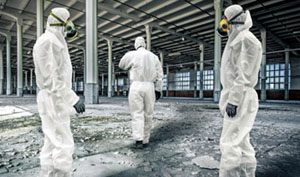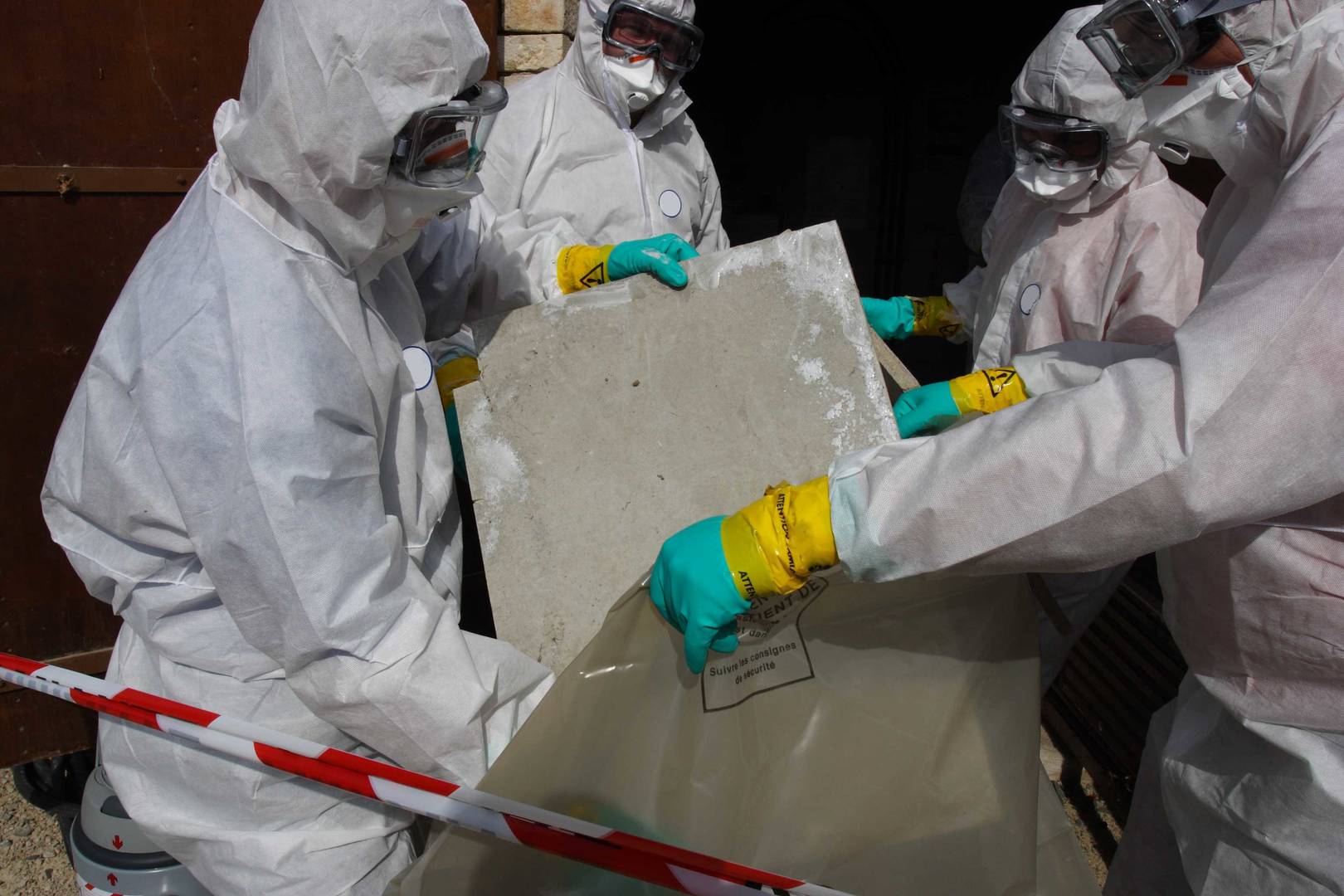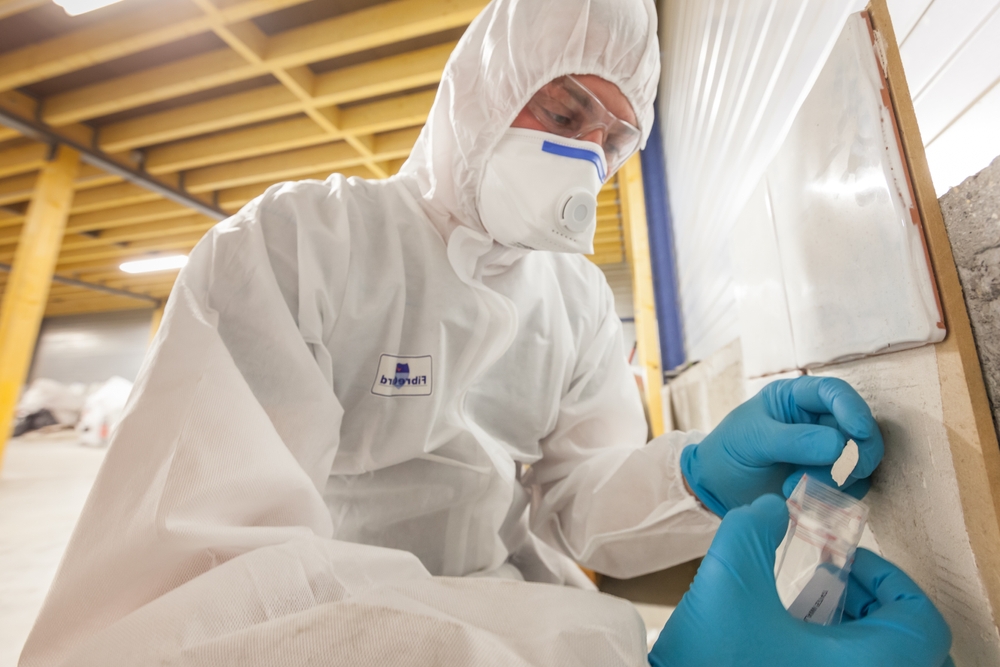Expert Asbestos Testing: Make Certain Security and Compliance in Your Home
Expert Tips for Carrying Out Trusted Asbestos Testing in Buildings and Frameworks
In the world of structure maintenance and safety, the importance of performing trustworthy asbestos testing in frameworks can not be overemphasized. Comprehending the nuances of asbestos screening, such as the different sampling strategies and the essential distinctions between Do it yourself testing and specialist services, is essential for making certain precise results.

Significance of Asbestos Evaluating
Carrying out asbestos screening in structures and frameworks is essential for protecting the wellness and health of occupants and workers. Asbestos, when a preferred structure material understood for its fireproof residential or commercial properties, has considering that been connected to significant health risks, including lung cancer cells and mesothelioma cancer.

Tasting Methods
Asbestos testing in buildings and frameworks requires exact tasting strategies to precisely evaluate the presence and problem of asbestos-containing products. Testing for asbestos should be conducted by trained specialists adhering to rigorous guidelines to guarantee reputable results. One generally utilized sampling strategy is the factor counting method, where examples are collected from numerous building products thought to contain asbestos, such as insulation, ceiling tiles, or floor covering. These examples are then analyzed under a microscopic lense to figure out the asbestos content properly. One more approach is bulk sampling, which entails taking larger examples of materials for evaluation. It is necessary to accumulate representative examples from different locations of the building, as asbestos concentration can differ. Additionally, air tasting may be carried out to assess asbestos degrees airborne, particularly during renovation or demolition activities that might interrupt asbestos-containing products. Using the ideal tasting strategies is vital for acquiring specific asbestos testing outcomes and making sure the safety of passengers in buildings and structures.
DIY Testing Vs. Expert Solutions
When taking into consideration asbestos screening for buildings and structures, the choice in between diy (DO IT YOURSELF) testing and professional services is a crucial choice that can affect the precision and reliability of the outcomes. DIY screening kits are readily available for acquisition, using a cost-efficient choice for individuals looking to analyze the existence look at here now of asbestos in their check this home.

Translating Examination Outcomes
The accuracy and integrity of asbestos test results, whether gotten with professional services or Do it yourself screening, play an important role in determining the following steps for handling possible asbestos hazards in buildings and structures. Examination results normally suggest the presence or lack of asbestos fibers in the tasted materials, along with the focus of asbestos present if it is identified. Appropriate analysis of asbestos examination results is important for guaranteeing the safety and security of residents and employees in the building and abiding with asbestos guidelines and guidelines.
Danger Monitoring Techniques
Properly executing proactive threat administration strategies is crucial for securing occupants and workers in structures with possible asbestos risks (Asbestos Testing). To begin, carrying out extensive risk analyses is critical to identify the existence of asbestos-containing products (ACMs) and analyze the level of risk they present. This entails inspecting the building, collecting samples for screening, and examining the outcomes to determine the proper program of action
When the presence of ACMs is confirmed, it is essential to create and carry out a detailed administration strategy that outlines procedures for managing and controlling asbestos risks. This plan needs to consist of steps such as asbestos encapsulation, elimination, or continuous tracking to stop her latest blog direct exposure and lessen health and wellness threats. In addition, developing clear communication channels to inform passengers and workers regarding the presence of asbestos and the protective steps in location is crucial for guaranteeing their safety and security.
Normal tracking and reassessment of asbestos dangers are additionally necessary components of efficient danger administration methods. By remaining aggressive and cautious, structure proprietors and supervisors can create a safe setting and stop prospective asbestos-related carcinogen.
Conclusion
Finally, conducting dependable asbestos testing in buildings and structures is important for identifying possible health and wellness threats and making sure safety and security. By complying with appropriate sampling techniques, taking into consideration the benefits of professional solutions over DIY screening, translating examination results precisely, and executing effective threat administration techniques, individuals can properly manage and alleviate the dangers connected with asbestos direct exposure. It is imperative to prioritize security and stick to rigorous testing procedures to safeguard the health of residents and employees.